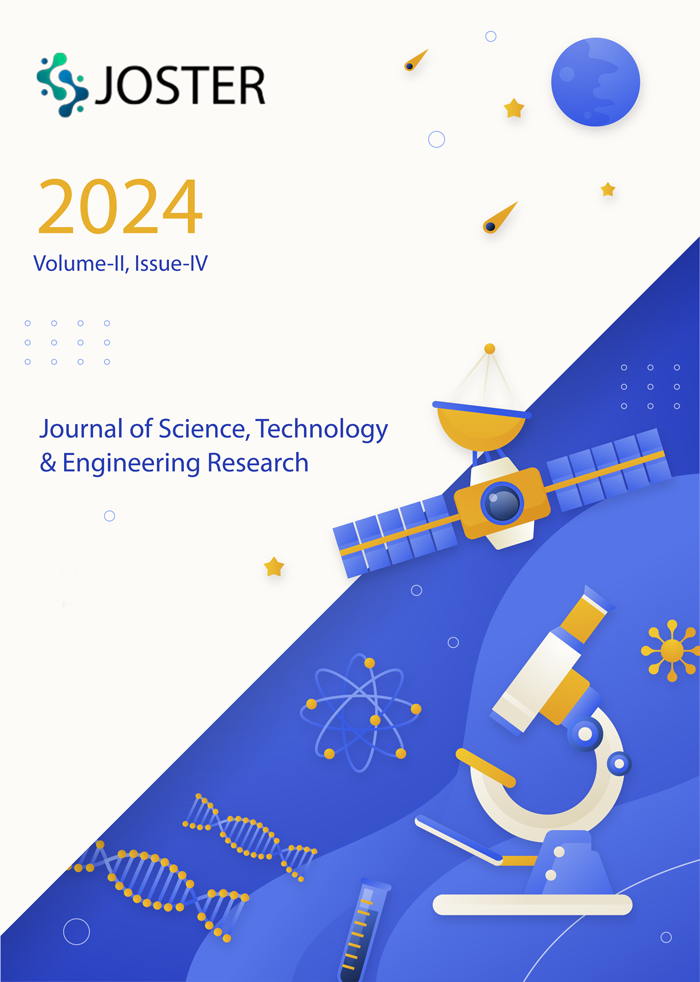AI-Driven Anomaly Detection for Financial Fraud A Hybrid Approach Using Graph Neural Networks and Time-Series Analysis
Keywords:
Financial Fraud Detection, Anomaly Detection, Graph Neural Networks (GNNs), Time-Series Analysis, Hybrid AI Models, Transaction Networks, Temporal Graphs, Deep Learning, Fraud Analytics, Financial CybersecurityAbstract
Financial fraud is a serious risk affecting the stability of world markets since loss to financial fraud laid billions of dollars every year, studies challenge the conventional methods of detection. The complex pattern of relations and temporal trends in the fraudulent operations cannot be easily observed by conventional rule-based and statistical methods. [1][2] The paper why constructs a hybrid framework of inhomogeneous anomaly detection combining Graph Neural Networks (GNNs) and time-series analysis to leverage not only the structural relations between the entities but the sequential nature of their transactions. [3][4] GNN component learns a graph representation of the transaction network to detect suspicious relational patterns, whereas the time-series module learns temporal anomalies in transaction sequences. The enlarged exhibit helps in improving both the identification of small scale and widespread fraud. Evaluation of the proposed hybrid model on financially benchmark datasets reveal that it surpassed baseline, with better precision, recall and AUC scores, especially when used in situations with highly uneven data. As results show, the relational and temporal analysis combination is a rather convincing solution to changing fraud patterns, so this method has much potential in real-life financial surveillance systems.
Downloads
Published
Issue
Section
License
Copyright (c) 2025 Journal of Science, Technology and Engineering Research

This work is licensed under a Creative Commons Attribution 4.0 International License.

